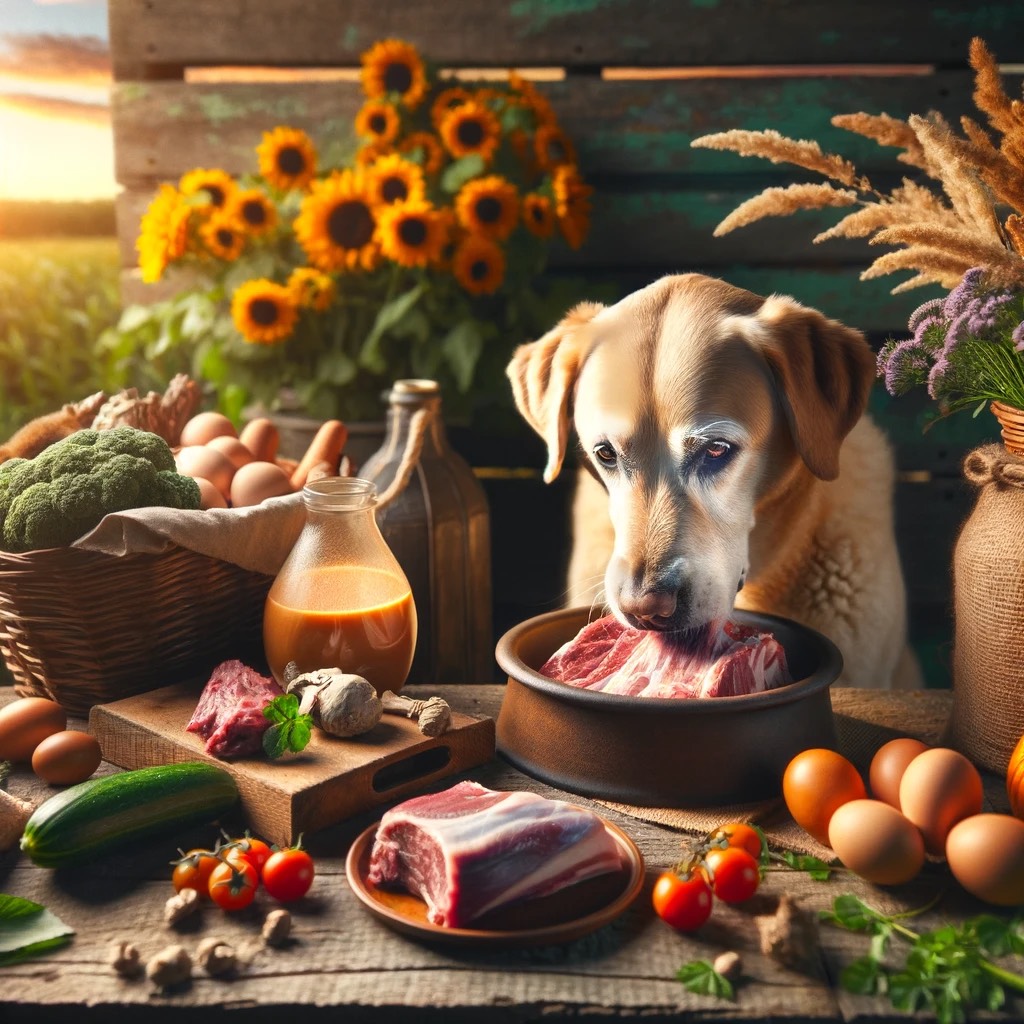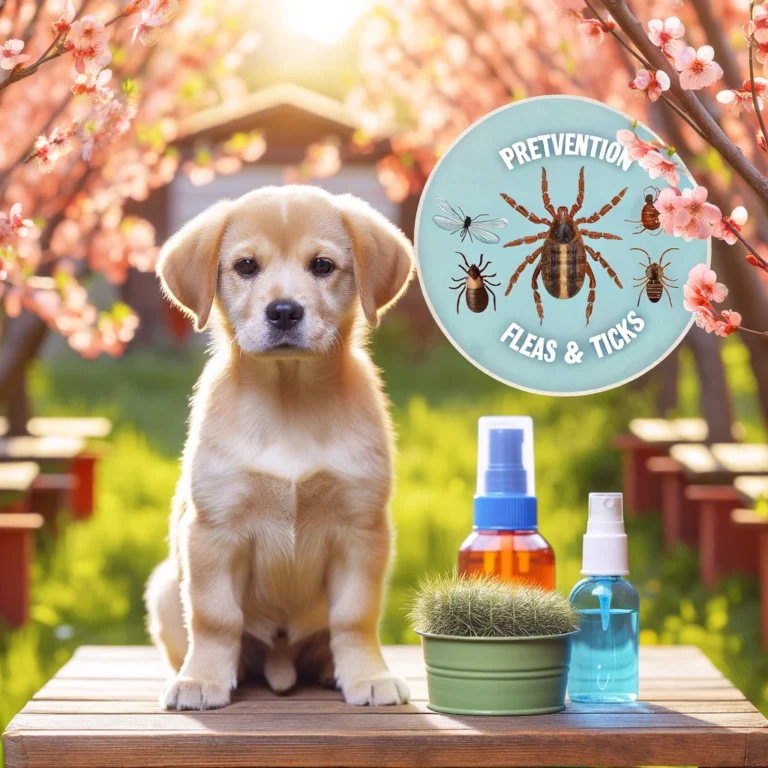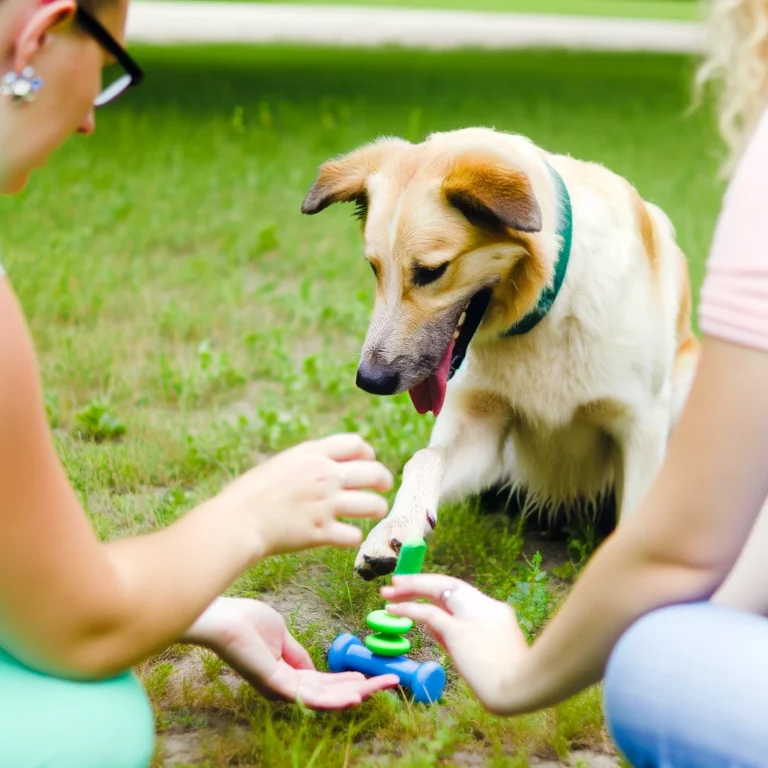Introduction:
In the quest for optimal canine health and well-being, many pet owners are turning their attention to what their dogs eat. Among the plethora of dietary choices, one that stands out is a raw diet. Often linked with a more ‘rustic’ approach to pet care, this diet harkens back to what dogs’ wild ancestors might have eaten. But what does switching your dog to a raw diet entail, and is it the right choice for your furry friend? Let’s explore the pros and cons of switching your dog to a raw diet.
The Basics of a Raw Diet for Dogs
Before delving into the advantages and disadvantages, it’s essential to understand what a raw diet for dogs typically includes. This diet mainly consists of raw meat, bones, fruits, and vegetables, mimicking a canine’s natural ancestral diet. Proponents argue that this diet is more in line with what dogs are evolutionarily designed to consume.
The Pros of Switching Your Dog to a Raw Diet
1. Improved Digestive Health
One of the most touted benefits of a raw diet is improved digestive health. Raw diets are often easier for dogs to digest than processed kibble, leading to smaller, less smelly stools. Proponents also claim that a raw diet can help alleviate some digestive issues like bloating or gas.
2. Enhanced Coat Quality
Many dog owners who switch their pets to a raw diet report a noticeable improvement in their pet’s coat. This can include increased shininess, reduced shedding, and overall healthier skin.
3. More Natural Eating Experience
A raw diet can provide a more natural eating experience for dogs, satisfying their instinctual urges to chew and rip their food. This can be particularly beneficial for oral health, as chewing raw bones can help reduce plaque and tartar build-up.
4. Potential Allergy Relief
For dogs with specific allergies or food sensitivities, a raw diet can sometimes offer relief. With fewer ingredients and the absence of fillers and artificial additives, a raw diet can be easier on a sensitive dog’s system.
The Cons of Switching Your Dog to a Raw Diet
1. Risk of Bacterial Contamination
One of the significant concerns with a raw diet is the risk of bacterial contamination. Raw meat can harbor harmful bacteria like Salmonella and E. coli, which can be dangerous for both the pet and the pet owner.
2. Nutritional Imbalance
Ensuring a nutritionally balanced diet is crucial for a dog’s health. A homemade raw diet can sometimes lack certain essential nutrients, leading to deficiencies unless carefully managed.
3. Potential for Choking or Internal Damage
Feeding dogs raw bones can be risky. Bones can splinter and cause choking, internal punctures, or blockages, especially if the dog chews aggressively or if the bones are cooked, which makes them more prone to splintering.
4. High Cost and Inconvenience
A raw diet can be more expensive and time-consuming than traditional dog food. Preparing meals from scratch requires significant effort and dedication, and purchasing high-quality, human-grade raw meat can add up in cost.
5. Not Suitable for All Dogs
It’s essential to acknowledge that a raw diet may not be suitable for every dog. Puppies, senior dogs, or those with certain health conditions might have specific dietary needs that a raw diet cannot fulfill.
Weighing the Options: Is a Raw Diet Right for Your Dog?
When considering the pros and cons of switching your dog to a raw diet, it’s crucial to weigh these factors carefully. Each dog is unique, and what might be beneficial for one may not be suitable for another. Consulting with a veterinarian or a canine nutrition expert is highly recommended before making any significant changes to your dog’s diet.
Making the Switch: Tips for Transitioning to a Raw Diet
If you decide to switch your dog to a raw diet, it’s important to do so gradually. Start by mixing small amounts of raw food with their current diet and gradually increase the proportion over time. This gradual transition helps prevent digestive upset.
Monitoring Your Dog’s Health and Wellbeing
Once you’ve switched to a raw diet, close monitoring of your dog’s health is essential. Pay attention to their energy levels, coat condition, weight, and digestive health. Regular veterinary check-ups are crucial to ensure that their nutritional needs are being met and to address any health concerns promptly.
Conclusion: A Personal Choice for Your Canine Companion
Deciding whether to switch your dog to a raw diet is a personal choice that should be made based on thorough research and consideration of your dog’s individual needs. While the raw diet has its advocates and success stories, it’s not without risks and challenges. Ultimately, the goal is to provide a diet that keeps your dog healthy, happy, and thriving, whether that’s a high-quality commercial food, a raw diet, or a combination of both.





